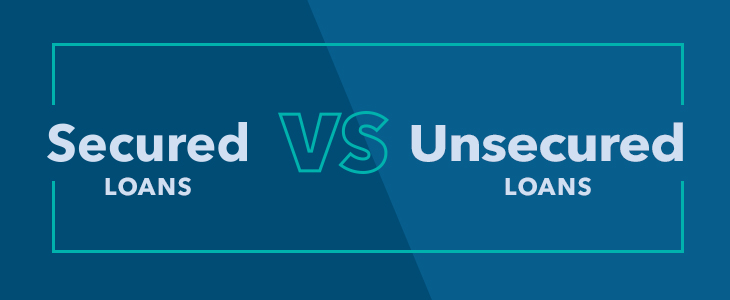A loan is a sum of money that one or more individuals or companies borrow from banks or other financial institutions so as to financially manage planned or unplanned events. In doing so, the borrower incurs a debt, which he has to pay back with interest and within a given period of time.
Then the recipient and invest-loans must agree on the terms of the loan before any money changes hands. In some cases, invest-loans requires the borrower to offer an asset up for collateral, which will be outlined in the loan document. A common loan that invest-loans provide for european households is a mortgage, which is taken for the purchase of a property.
Loans can be given to individuals, corporations, and governments. The main idea behind taking out one is to get funds to grow one’s overall money supply. The interest and fees serve as sources of revenue for the lender.
At Invest-loans Privet money lender, Loans are available from £/€5,000 to £/€500,000 with terms from 1 to 10 years depending on loan amount and purpose; 3% APR. Available on 24 hours.
Types of loans
Loans can be classified further into secured and unsecured, open-end and closed-end, and conventional types.

1. Secured and Unsecured Loans
A secured loan is one that is backed by some form of collateral. For instance, invest-loans require borrowers to present their title deeds or other documents that show ownership of an asset, until they repay the loans in full. Other assets that can be put up as collateral are stocks, bonds, and personal property. Most people apply for secured loans when they want to borrow large sums of money. Since invest-loans is not typically willing to lend large amounts of money without collateral, they hold the recipients’ assets as a form of guarantee.
Some common attributes of secured loans include lower interest rates, strict borrowing limits, and long repayment periods. Examples of secured borrowings are a mortgage, boat loan, and auto loan.
Conversely, an unsecured loan means that the borrower does not have to offer any asset as collateral. With unsecured loans, invest-loans managers are very thorough when assessing the borrower’s financial status. This way, they will be able to estimate the recipient’s capacity for repayment and decide whether to award the loan or not. Unsecured loans include items such as credit card purchases, education loans, and personal loans.
2. Open-End and Closed-End Loans
A loan can also be described as closed-end or open-end. With an open-ended loan, an individual has the freedom to borrow over and over. Credit cards and lines of credits are perfect examples of open-ended loans, although they both have credit restrictions. A credit limit is the highest sum of money that one can borrow at any point.
Depending on an individual’s financial wants, he may choose to use all or just a portion of his credit limit. Every time this person pays for an item with his credit card, the remaining available credit decreases.
With closed-end loans, individuals are not allowed to borrow again until they have repaid them. As one makes repayments of the closed-end loan, the loan balance decreases. However, if the borrower wants more money, he needs to apply for another loan from scratch. The process entails presenting documents to prove that they are credit-worthy and waiting for approval. Examples of closed-end loans are a mortgage, auto loans, and student loans.
3. Conventional Loans
The term is often used when applying for a mortgage. It refers to a loan that is not insured by government agencies such as the Rural Housing Service (RHS).
Things to Consider Before Applying for a Loan
For individuals planning to apply for loans, there are a few things they should first look into. They include:
1. Credit Score and Credit History
If a person has a good credit score and history, it shows the lender that he’s capable of making repayments on time. So, the higher the credit score, the higher the likelihood of the individual getting approved for a loan. With a good credit score, an individual is also has a better chance of getting favorable terms.
2. Income
Before applying for any kind of loan, another aspect that an individual should evaluate is his income. For an employee, they will have to submit pay stubs, W-2 forms, and a salary letter from their employer. However, if the applicant is self-employed, all he needs to submit is his tax return for the past two or more years and invoices where applicable.
3. Monthly Obligations
In addition to their income, it’s also crucial that a loan applicant evaluates their monthly obligations. For instance, an individual may be receiving a monthly income of $/€6,000 but with monthly obligations amounting to $/€5,500. Invest-loans may not be willing to give loans to such people. It explains why most lenders ask applicants to list all their monthly expenses such as rent and utility bills.
Final Word
A loan is a sum of money that an individual or company borrows from a lender. It can be classified into three main categories, namely, unsecured and secured, conventional, and open-end and closed-end loans. However, regardless of the loan that one chooses to apply for, there are a few things that he should first assess, such as his monthly income, expenses, and credit history.
